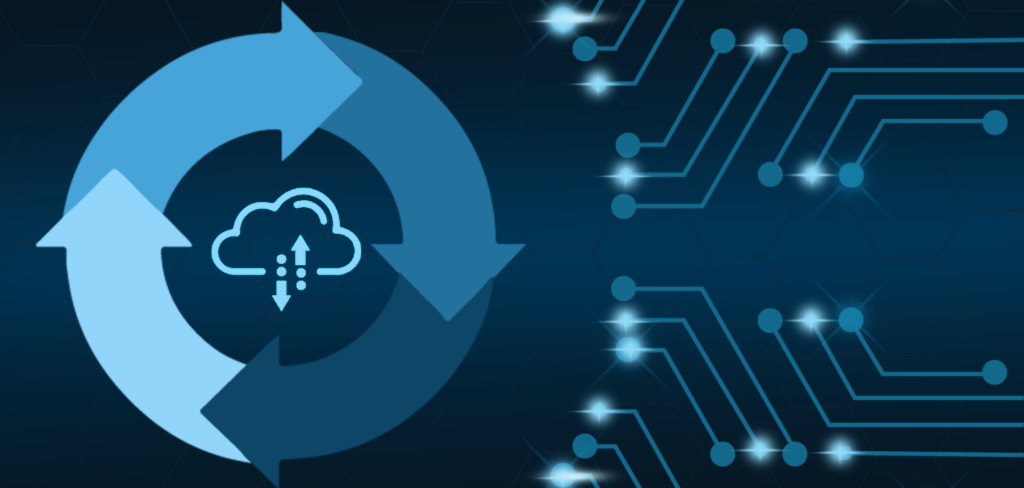
Every automation and control organization looking to provide only the most meaningful data at the right time, in the right place to the right people is facing the same dilemma:
- How can the massive amounts of available data be distilled into something of value?
- How can this data be securely distributed and used in real time to improve overall efficiencies?
For starters, by embracing edge computing.
Thanks to edge computing and solutions like the FieldServer™ protocol edge gateway, there now exists the potential for data to be selective, appropriate, and legible. Edge computing has opened up the opportunities for new and better ways to capture, process, analyze, and push data.
To help organizations understand what it takes for successful edge computing deployment, we’re teaming up with Control Engineering as a co-sponsor of their upcoming Edge Series webcast, Edge computing architectures, advantages.
Featuring technology experts Alan Reveling of Interstates and Aditya Agrawal of L&T Technology Services, here’s some of the information that’ll be covered:
- Where and how edge computing fits into automation and controls
- Which applications support edge computing
- How edge computing enables more effective Cloud resources
- Real-world automation and control use cases and best practices
Register for the MSA-sponsored edge computing webcast here, then keep reading to learn more about better, faster data processing.
IoT, Edge Computing, and the Cloud
Though they are complementary, IoT or Internet of Things is different than edge computing or the Cloud.
Put simply:
- IoT facilitates the capture of data. IoT devices are smart devices designed to capture data points about an automation and control system or process. Examples of IoT or IIoT (Industrial Internet of Things) devices include portable gas monitors and energy metering sensors.
- Edge computing enables the processing of data. With edge computing, IoT device data is processed as close to the source as possible. It also facilitates data analysis before pushing only the most meaningful—not all the available—data to the Cloud.
- The Cloud securely stores data. The Cloud is the scalable resource repository.
Why Edge Computing Is Important
Within automation and control IIoT devices, there exists a massive volume of available data. So much, data in fact, that it is extremely challenging (if not virtually impossible) to process the data at great speed. Edge computing prevents sending a veritable textbook of data when all that’s needed are a few key data points.
The sheer volume of available data also makes it difficult to push the data from IoT or IIoT devices directly to the Cloud without bogging down the data stream and causing latency issues. Edge computing helps speed up data normalization.
Edge Computing in Automation and Controls
With the advent of IoT in industrial automation, operations became highly data driven. Now, with edge computing, operations are also becoming Industry 4.0 enabled. This means organizations have the capability to enable more and better use of any data that is contained within their IoT devices, SCADA systems, and other resources.
As an example of how it works and why it matters, let’s say an IoT energy metering sensor indicates a value of 70. What, exactly, does 70 refer to? Is it a temperature reading? If so, is it Fahrenheit or Celsius? Is this value of 70 a data point for the inside or outside of a facility? Which location or high-value asset does the value of 70 refer to? Is this a high value or a low one? As you can see, a simple value elicits more questions than it answers. Fortunately, there is a lot of meta data attached to that one value; meta data that can answer those questions and many more.
That’s where edge computing comes into play. It helps end users understand the “who,” “what,” and “where” aspects of any given data point. At its core, edge computing helps ensure that the end user quickly and easily understands the data that’s delivered to them.
Tips on Edge Computing
Thinking about the ins and outs of edge computing can get a little overwhelming, so we’re here to help. Be sure to sign up for Control Engineering’s Edge Series webcast, Edge computing architectures, advantages. Don’t miss out on the opportunity to gain a competitive edge – reach out to us today and embark on your journey towards a more efficient, connected future.




